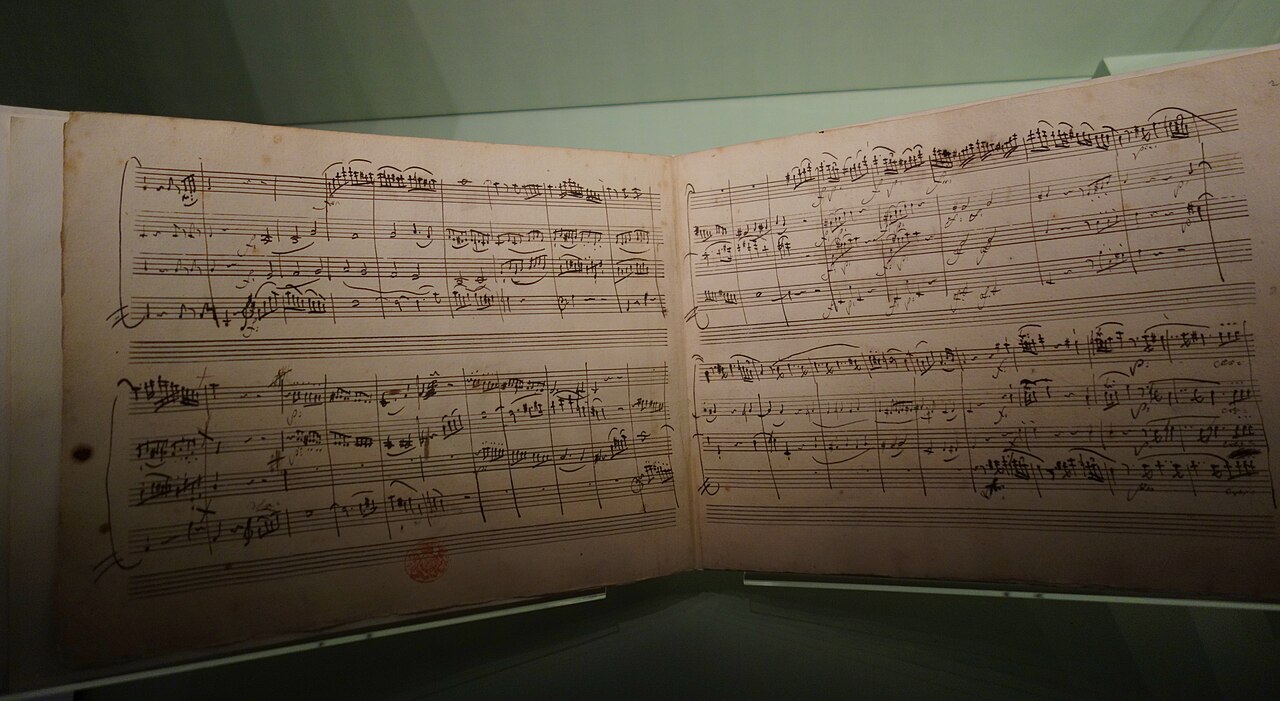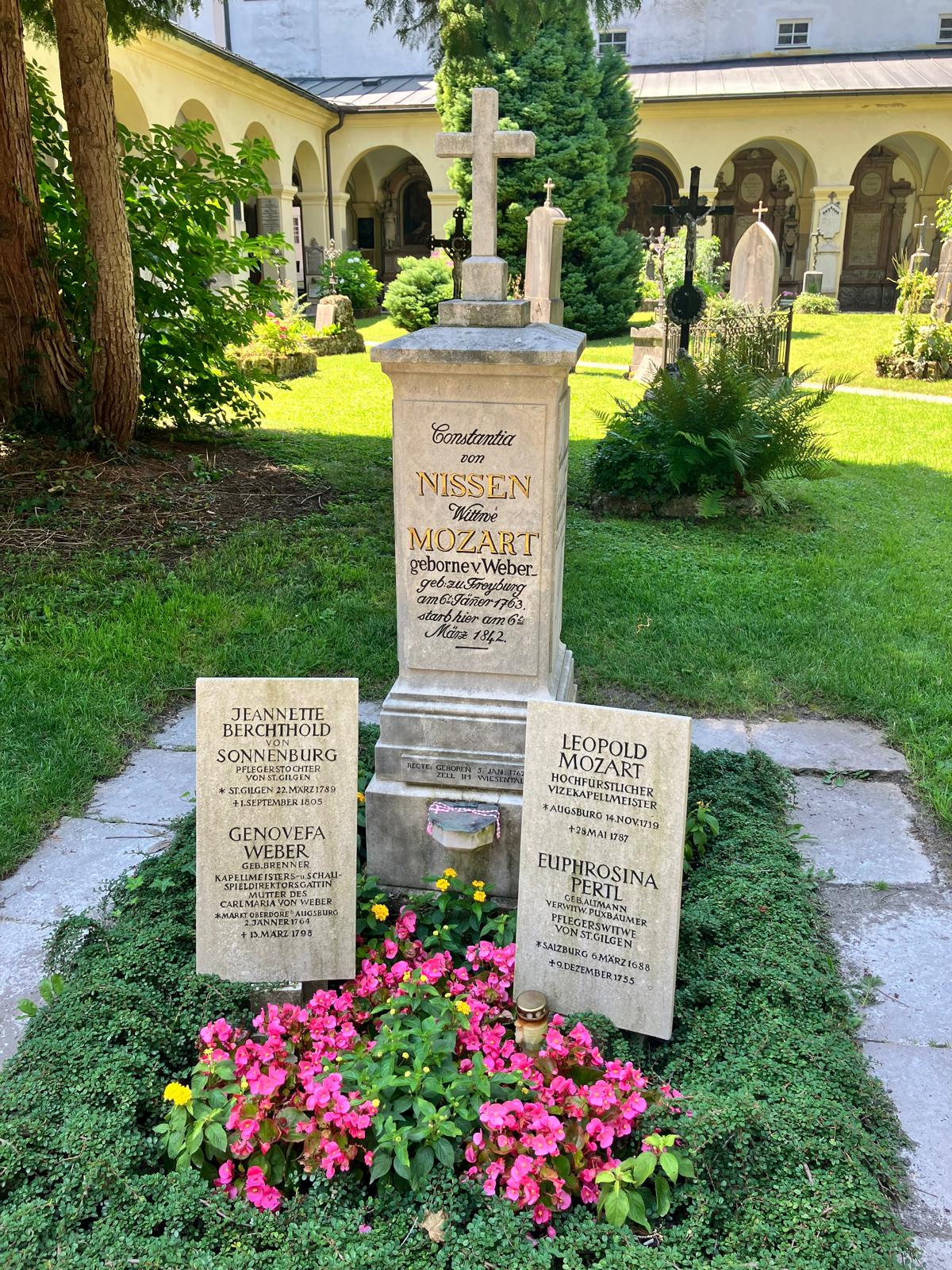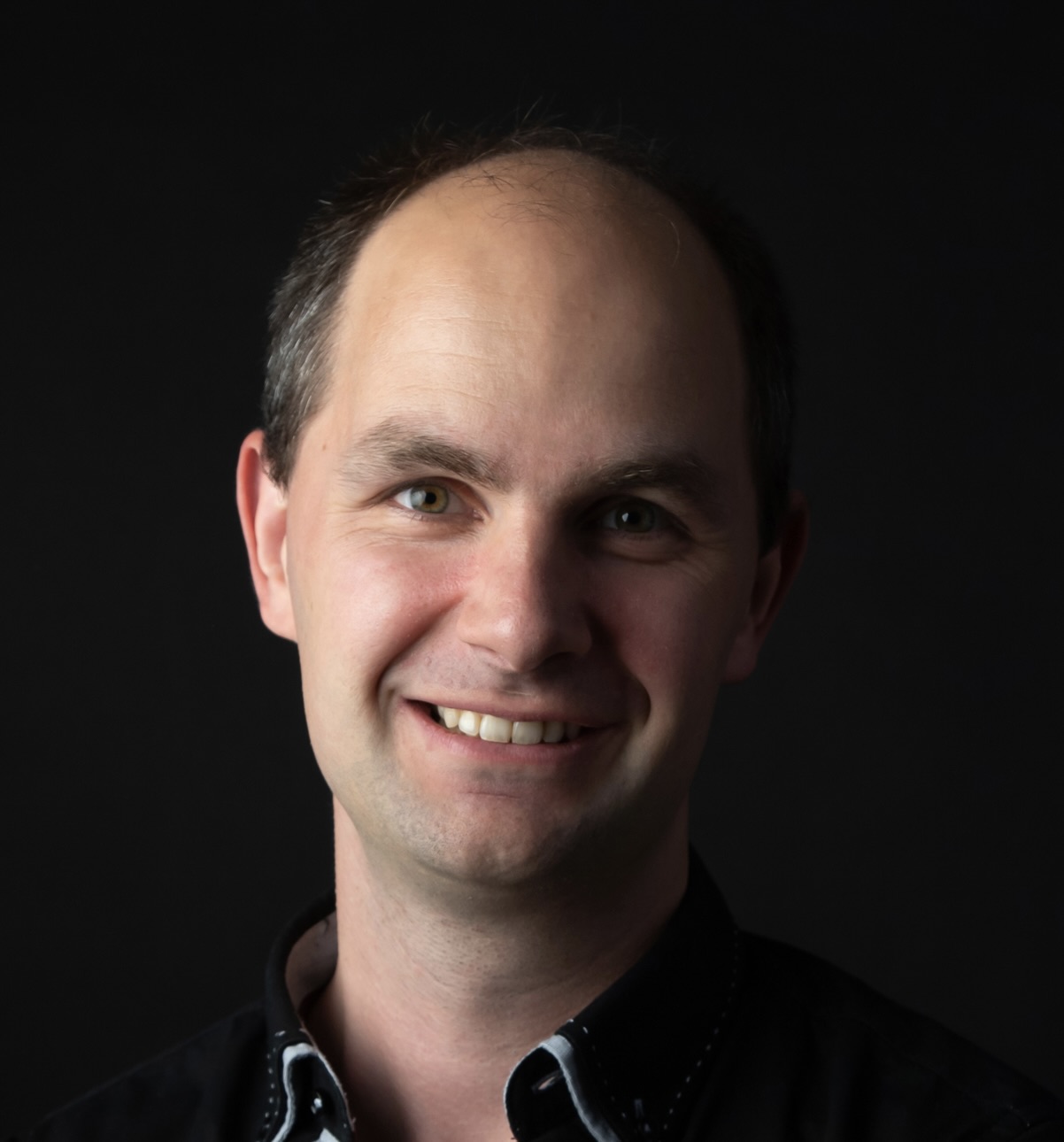What to see at Mozart’s Birthplace and Vienna Homes
Going to Salzburg means stepping into one of the vital cities of European culture. This picturesque and charming city has captured people’s hearts for centuries. From the imposing Hohensalzburg Castle towering above, keeping watch, to the famous ‘Sound of Music’ tours—a film that brought Salzburg worldwide recognition (though, amusingly, as my friend from Salzburg once told me, nearly no locals have ever seen it). Beyond the city’s coziness, beautiful traditional clothing, and wonderful gastronomy, Salzburg has always been a haven for classical music fans. Daily concerts featuring music written between 1756–91—yes, I am talking about one of the titans of music: Wolfgang Amadeus Mozart.
I have spent considerable time in Salzburg, visiting countless times as a musician. Having taken courses and played concerts at the Mozarteum, I always felt a special connection to the city. One vivid memory for me is visiting the extensive music-score store—purchasing countless scores, each bringing back memories of days spent exploring Mozart’s world and the broader Austrian culture.
Mozart is everywhere in Salzburg, from the delectable ‘Mozart Kügeln’ (trust me, the silver-blue ones are superior to the regular gold ones and are found only here) to the homes he lived in. Especially the birthplace in the city center on the right bank of the river draws huge crowds, showing just how much his music means to people even today. It is, as far as I know, the most popular composer house in Europe.
Mozart’s Life in Context: Childhood in Salzburg and Years in Vienna
Wolfgang Amadeus Mozart (1756–1791) lived one of the most remarkable lives of any musician, especially in the 18th century. Discovered by his father as a prodigy—and let’s not forget his sister, who was equally talented on violin and piano—they began traveling in 1762, first as a test trip to Vienna, by boat from Linz. Travel then was far from today’s river cruises:
“On the journey we had continual rain and a lot of wind. Wolfgang had already caught a cold in Linz, but in spite of our irregular life, early rising, eating and drinking at all hours, and wind and rain, he has, thank God, kept well.”
—Letter from Leopold Mozart, October 17, 1762
In 1763, Mozart traveled nearly three years with his family, their own carriage, and a servant, playing concerts at courts and composing for kings, dukes, and archbishops. Most letters were sent to Lorenz Hagenauer (1712–1792), their friend, entrepreneur, and financial backer—helping them promote Mozart across Europe while keeping the family afloat. A dedication to the Queen of England earned them 50 guineas, worth over 11,000 pounds today (nearly $15,500). Gifts of golden and tortoise-shell snuff boxes were common, but expenses were vast.
Traveling musicians then were often seen as vagabonds, tricksters, or even criminals. To counter this, Leopold Mozart ensured they stayed in good lodgings, wore expensive clothing to fit in among the nobility, and organized letters of recommendation for safe border crossings. Illnesses, like Mozart’s near-fatal bout in Holland in 1764, could take a toll on their finances.
Fast forward past years of travel, the loss of his mother in Paris, and tensions with his father. Mozart’s years in Vienna were truly remarkable. He considered Vienna “the best place in the world for my profession.” He became one of the first truly freelance musicians, changing the business of music forever and paving the way for later prodigies like Liszt, the Milanollo sisters, Paganini, Sarasate, and Chopin.
During the 18th century, musicians were typically employed by churches, courts, and the nobility. Mozart wanted freedom—to compose, teach, and yes, enjoy his life. He worked tirelessly and left over 600 compositions behind. His premature death at 39 was not entirely unexpected; the strain of travel, hard work, performing, composing, teaching, and constant movement took a tremendous toll.
What to Expect When Visiting Mozart’s Birthplace and Residence in Salzburg
Many visitors don’t realize that Mozart was as much a string player as a keyboard virtuoso. He owned multiple violins and violas, and it’s truly inspiring to see the instruments that helped bring his 600-piece oeuvre to life. When visiting, I always suggest getting tickets for both Mozart museums—they’re less than a mile apart, and together provide the full scope of his life and instruments.
Inside, you’ll find his fortepiano (notice the reversed colors of the white and black keys), his Steiner violin, and his clavichord, about which his wife Constanze wrote:
“My dear clavier, upon which Mozart played so often and composed Die Zauberflöte, La clemenza di Tito, the Requiem, and Eine Freimaurer Cantate ... Mozart so loved this clavier, and for that reason I love it doubly!”
Mozart was the ‘first’ freelance musician/composer hired at the same time by multiple courts and noble patrons. Musicians traveling from city to city in the 18th century weren’t romanticized as today—they were often viewed suspiciously unless they took great care with appearances and recommendations. Leopold Mozart made sure his family dressed beautifully, stayed in fine inns, and secured letters of introduction, opening doors across Europe.
All these facets—and Mozart’s career as a virtuoso and genius—are showcased with manuscripts, letters, paintings, and an excellent audio tour.

Highlights of the Mozarthaus in Vienna and How It Differs from His Birthplace
Mozart lived in the Domgasse house (Vienna) from 1784–1787. It was one of his most productive periods, composing masterpieces adored by music lovers today: the 20th and 23rd piano concertos, Nozze di Figaro, Eine kleine Nachtmusik, and the Prague Symphony.
This 15th-century apartment is believed to be the most luxurious and spacious he ever occupied. With four large rooms, two smaller ones, and a kitchen, you immediately sense Mozart at the height of his career.
You can also visit the street where he died (though the house no longer exists): Rauhensteingasse No. 970, Vienna.
Key Artifacts
Mozart’s Vienna home displays relatively few artifacts, but those shown are deeply significant. The musical clock, for which Mozart wrote original music (KV 616), is a highlight. While many items on display are reproductions, you will see first editions, handwriting, and manuscripts—the museum prioritizes the ambiance of the house over a large collection of instruments.
Travel Today and Mozart’s Musical Legacy with DeSalvio Travel
Modern leisure travel—whether by AmaWaterways or Viking cruises—is luxuriously comfortable compared to Mozart’s days. We at DeSalvio Travel, with our specialisation in Europe, arts, and culture, can advise you better than anyone else. We know which Mozart themed houses you’d love to see, which café’s or restaurants you would enjoy and which concerts you would like to experience.
Nearby Attractions for Classical Music Lovers and Mozart-Themed Tours
If you're passionate about Mozart’s music, daily concerts in Salzburg, Vienna, and Prague offer more than museum visits. Hearing Mozart’s compositions in the cities where he wrote them creates lasting memories—often these concerts become the highlight of the trip.
Visit St. Sebastian cemetery (and church) in central Salzburg (left bank), where the nobility, Mozart’s wife Constanze, and his father Leopold are buried (grave no. 84). It’s the closest you’ll come to Mozart’s remains, as he was buried in a mass grave due to financial hardship. This site holds a very special place in my heart—I visit it every time I'm in Salzburg, and it never loses its magic.
Location: St Sebastian's Cemetery, Linzer G. 41, 5020 Salzburg, Austria

Practical Information for Mozart Museums 2025 rates
Mozart’s Birthplace:
Getreidegasse 9, A-5020 Salzburg
Mozart Residence:
Makartplatz 8, A-5020 Salzburg
Opening Hours:
Daily: 9:00 AM – 5:30 PM (last admission 30 minutes before closing)
Admission:
- Adults: €15
- Children (6–14 years): €4.50
- Youths (15–18 years): €5.00
- Children under 6: Free
- People with disabilities (disability pass): Free
- Accompanying person: Free (if marked on pass), otherwise €12
- Families (2 adults plus children under 18): €30
- Groups of 10+ adults, students (up to 27 years), seniors: €12 per person
- School groups (6–18 years): €3 per person
- SalzburgCard: One-time free admission
Combined Ticket: Birthplace & Residence
- Adults: €23
- Children (6–14 years): €6
- Youths (15–18 years): €7
- Children under 6: Free
- People with disabilities (disability pass): Free
- Accompanying person: Free (marked on pass), otherwise €20
- Families (2 adults plus children under 18): €46
- Groups of 10+ adults, students (up to 27 years), seniors: €20 per person
- School groups (6–18 years): €4.50 per person
- SalzburgCard: One-time free admission
- Notes:
Tickets are available online and at the museums.
Mozart Residence is barrier-free accessible via Theatergasse entrance.
Mozart's Birthplace is unfortunately not wheelchair accessible.salzburg+2
Book online: The Mozart Museums Salzburg
-----
Mozart House Vienna (Mozarthaus Vienna):
Domgasse 5, A-1010 Vienna
Opening Hours:
Daily: 10:00 AM – 7:00 PM (last admission 6:30 PM)
Admission:
- Adults: €14
- Reduced (students, seniors, Vienna City Card, EasyCityPass): €10
- Groups of 10+: €10 per person
- Children and teenagers up to 19 years: €4.50
- Family ticket (2 adults + up to 3 children): €29
- School students under 15: €2.50
- School students under 19: €4.50
- Admission includes audio guides for adults and children (multiple languages)
- Mozarthaus Vienna is fully accessible, barrier-free
Guided Tours:
- Personal guided tour for groups: €60
- Guided tour for school classes: €25
Combined Ticket Haus der Musik:
- Adults: €22
- Reduced (students, seniors, groups): €15
- Children under 12: €10
Combined Ticket Dom Museum Wien:
- Adults: €16
- Reduced (students, seniors): €14
- Children/teens under 19: €6
Free entrance:
With Vienna Pass, Flexi Pass, Kulturpass, ICOM
Reservations for groups (10+):
- Email: ticket@mozarthausvienna.at
- Phone: +43 1 512 1791-45
For questions or booking, direct contact and online reservations are highly recommended, especially if traveling with a group or requiring accessibility accommodations.
Whether aboard Viking, AmaWaterways, Avalon, or Uniworld, experience Europe’s musical soul through insider access and expert planning. With years on the concert stage and deep cultural knowledge, we at DeSalvio Travel offer personalized tours to the best composer homes, music festivals, and hidden gems. Turn your cruise into a musical trip with a custom itinerary.
Book a call now for consultation

Robert Poortinga
Travel Booking Assistant
River cruise & Europe destination expert
Culinary and art travel specialist
.svg)
_Black.png)